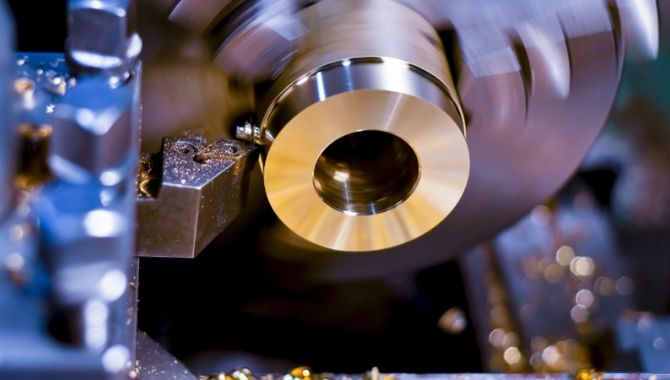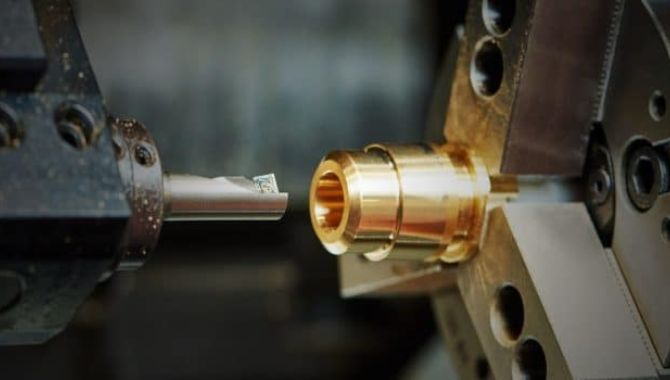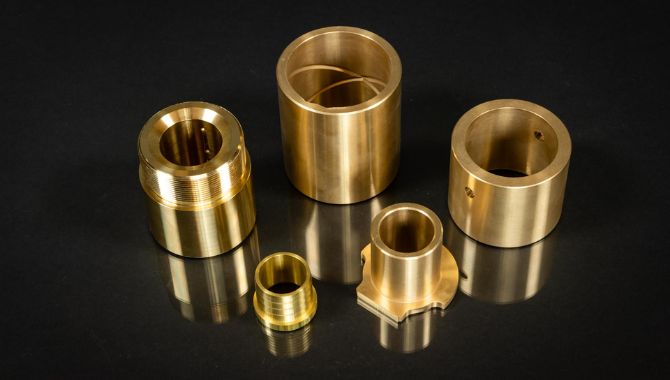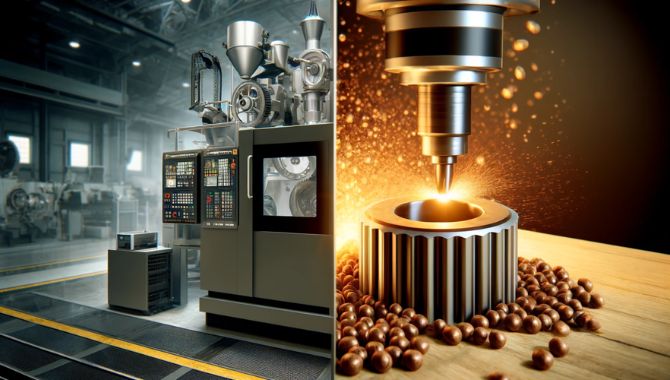Are you wondering what Bronze machining is? Basically, it is a specialized process that covers the cutting, shaping, and finishing of bronze alloy materials. It’s used in many industries to create durable and reliable components. This article will take you through the detailed steps of the bronze machining process.

A Step-by-Step Guide on Bronze Machining: How to Do It
Bronze machining requires a careful approach to get high levels of precision and high-quality results. Here’s a step-by-step guide for you to know the entire process from start to finish.

- Selecting the Correct Material Type: You should start the bronze machining process by firstly selecting the required type of bronze in your work. As we know that different alloys will give you different properties like aluminum bronze is for strength and corrosion resistance. Similarly, phosphor bronze is meant to give toughness and low friction. Therefore, you must know your application’s requirements to find out the right material.
- Start Preparing the Workpiece: After carefully choosing the material, the next step for you is to prepare the bronze workpiece. It’s very important that you keep it pretty clean and free from any contamination. Try to measure the dimensions very accurately so that there are no errors in the calculations.
- Select the Right Tools: You should know about the required cutting tools like carbide or high-speed steel (HSS) cutters. Those who are active in this industry prefer carbide as they are pretty hard and have longevity. On the other hand, HSS tools are counted as more budget-friendly but may wear out. Therefore, kindly make sure that your tools are sharp enough and are in good working conditions.
- Machinery Setup: Now it’s time to set up your lathe, milling machine (or CNC machine) as per the project requirements. You have to keep a few settings like speed and feed rates in an appropriate manner for the bronze type you would like to machine. For turning, you can use a lathe to create cylindrical shapes. When it comes to milling, you can go for a milling machine to cut slots, shapes, and contours. One important point to consider is that the CNC machines can automate these processes so you get better control on precision.
- Keep Adjusting the Cutting Speeds and Feeds: You have to regularly adjust the cutting speeds and feed rates for the bronze type and the machining operation. Normally, you will find that bronze can be machined at higher speeds as compared to other metals. A normal cutting range is 100-300 surface feet per minute (SFM). Thus, try to keep the feed rate moderate enough to prevent tool wear and heat buildup.
- Lubrication and Cooling: You have to apply the required amount of lubrication to reduce friction. Use water-soluble coolants but you can also go for oil-based coolants to handle heavy machining.
- Set Accurate Tool Angles: You should never compromise on maintaining optimal tool angles. Keep in mind that positive rake angles will always reduce cutting forces and improve the final surface finish. You should use clearance angles to prevent rubbing and also minimize the heat build up.
- Surface Finishing and Inspection: Once you are done with the machining part, it’s time to take care of operations for best surface quality. There are steps like polishing, grinding, or any other finishing technique you would like to use. Also inspect the machined bronze components for quality check for dimensions.
- Final Cleaning: You should clean the machined parts properly to remove any remaining debris or coolant. This cleaning will help to have the components ready for assembly or further processing.
Challenges in Bronze Machining

No industry comes without challenges and the same is true for bronze machining. Let’s figure out the challenges you may face while doing the bronze machining in your workshop.
- Material Characteristics: Bronze is a metal where its properties will get affected after its machining. Generally you will find it as a soft metal but at the same time, it can be very tough after machining. Therefore, you should use our tools properly under various conditions. It’s also advisable to change or adjust your machining techniques as and when required.
- Tools Keep Deterring After Long Use: Tool wear is a very common problem in the metal industry. Thus, you need to monitor tool condition regularly and replace tools whenever required. If you want to extend the life of your machining tools, set the correct cutting speeds and feeds. Keeping the tools sharp will also help to keep them in a good working condition even for many years.
- Chip Control: It’s important for you to manage and control chip formation because Bronze will produce long chips that can interfere with the machining process. So, it’s a good habit to use the chip breakers to manage chip formation and a clean working environment.

Final Thoughts
It’s important for you to know everything about bronze machining to produce high-quality components. If you learn the required techniques and tools, it will give you 100% efficiency and precision. This bronze machining knowledge will help you achieve consistent and reliable results to meet the requirements of various industries.




